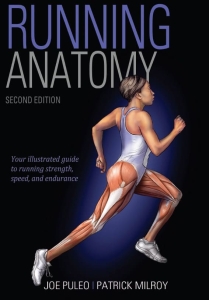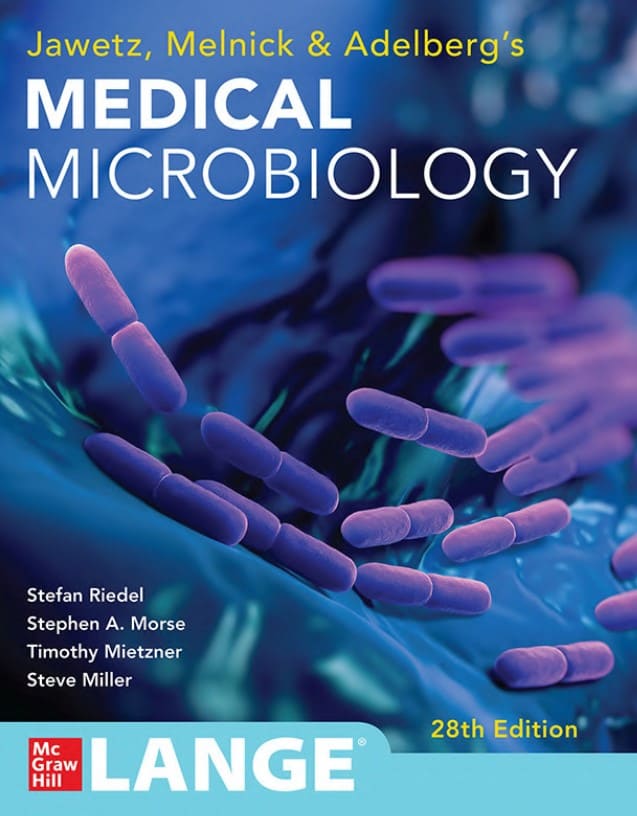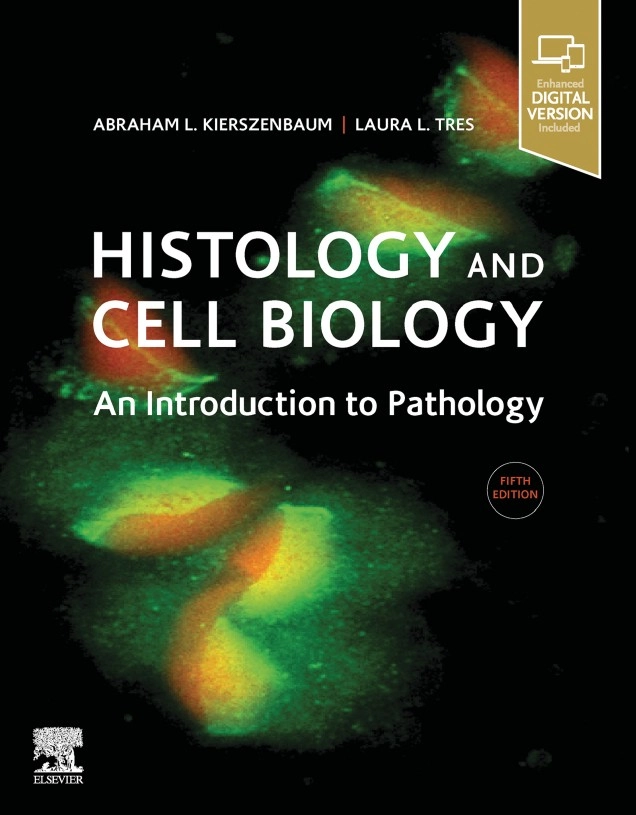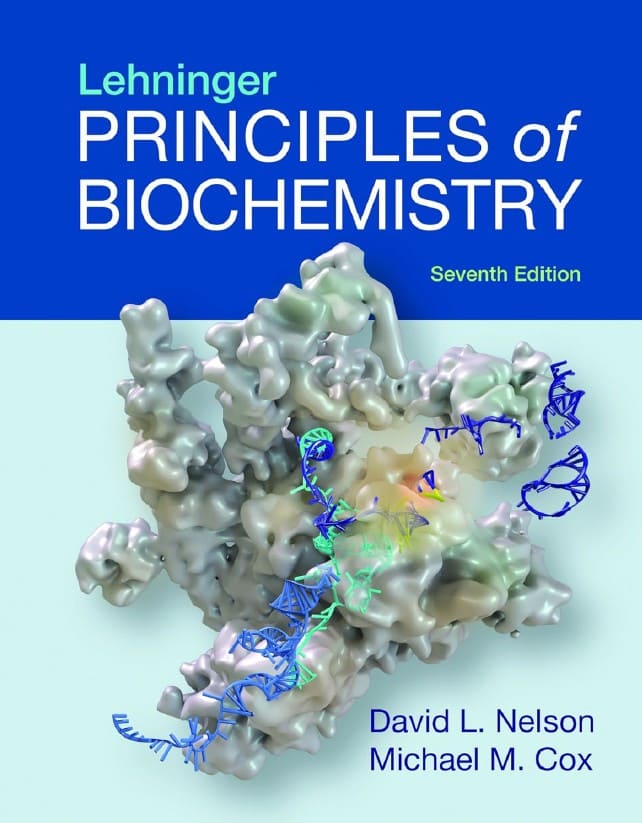 Explore Running Anatomy (2nd edition) by Joe Puleo & Patrick Milroy.
Explore Running Anatomy (2nd edition) by Joe Puleo & Patrick Milroy.
Discover how to boost your running strength, speed, and endurance with Running Anatomy, Second Edition. This updated version of the best-selling guide offers more exercises, deeper insights, and enhanced illustrations to help you build muscle strength, refine your running mechanics, and reduce injury risk.
Inside Running Anatomy, you’ll find 48 of the most effective strength exercises for runners, each accompanied by clear step-by-step instructions and full-color anatomical illustrations that highlight the muscles in action. These visuals give you a deeper understanding of how muscles, ligaments, and tendons work together to power your movement.
Every exercise is directly linked to running performance, showing you how to strengthen key muscle groups and enhance your gait efficiency for smoother, faster runs. You’ll also learn how to correct muscular imbalances that often lead to common running injuries, including plantar fasciitis, lower-back pain, knee strains, and muscle or tendon tears.
Prepare yourself for any running challenge with training variations designed for different conditions, terrains, speeds, elevations, and distances—from sprints to marathons. You’ll also discover how cutting-edge gear and technology can further elevate your training and performance.
Whether you’re a fitness runner aiming to tackle hills with more power or a competitor looking for that extra performance edge, Running Anatomy will help you reach your peak and set new personal records.
Running Anatomy will educate you about how and why the human body works as it does during the movements involved in running. By detailing the mechanisms of movement through illustrations, the book shows, in a simple format, what happens when your body engages in running.
More specifically, it explains how and why movement is produced through interaction of the bones and the soft tissues (including muscles, tendons, ligaments, fasciae, blood vessels, and nerves), as well as what you can do to help you reach your personal running goals.
This new edition also addresses how running performance is affected by the brain. The illustrations presented in Running Anatomy will help you understand the anatomy involved in running—in particular, how bones, organs, muscles, ligaments, and tendons work to move the body.
The text of each chapter explains the function of the body parts shown in the illustrations. The anatomical illustrations that accompany the exercises are color coded to indicate the primary and secondary muscles and the connective tissues involved in each exercise or running-specific movement.
Contents
- The Runner in Motion
- Training Concepts
- External Factors that Effect Performance
- Feet and Ankles
- Legs
- Core
- Shoulder and Arms
- Chest and Back
- Injury Prevention
- Alternative Training Activities
- Gear and Advancements
Explore Running Anatomy (2nd edition) by Joe Puleo & Patrick Milroy in pdf.
Password: biology.com.pk
File Size: 4.52 MB. Pages: 201. Instructions. Kindly read the disclaimer.
You can also purchase Running Anatomy (2nd edition) by Joe Puleo & Patrick Milroy from Amazon by clicking the image below.
You may also like to explore the following:
- Human Anatomy & Physiology (12th Global Edition) by Elaine N. Marieb & Katja Hoehn
- Principles of Anatomy & Physiology (16th Ed.) by Gerard J. Tortora & Bryan Derrickson
- Anatomy & Physiology Made Easy: An Illustrated Study Guide for Students to Easily Learn Anatomy and Physiology
Explore hundreds of best-selling books in Biochemistry, Biology, Botany, Medicine, Microbiology, Psychology, and Sociology in the Biological Sciences Section.
Happy studying!





